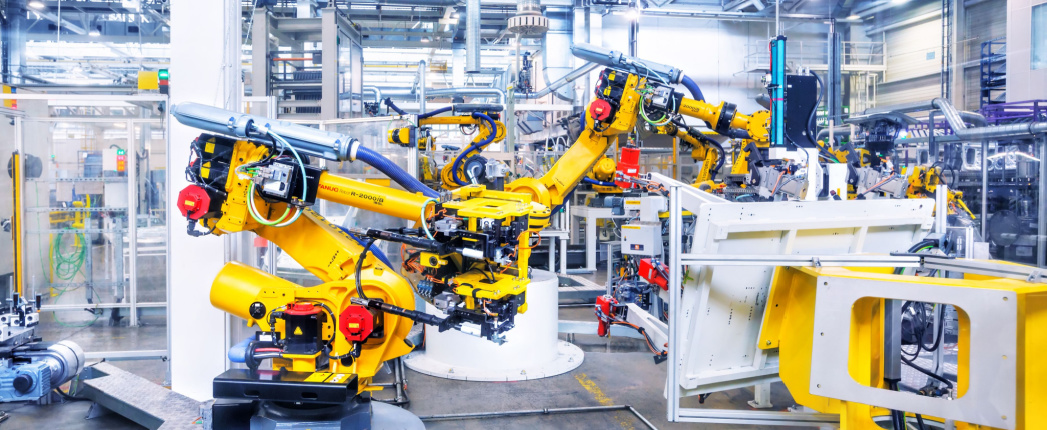
ESSEN, Germany – Around the world, manufacturers are increasing their use of robotic equipment, which promises improvements in productivity and efficiency while reducing dependence on human workers.
Such equipment often requires automatic lubrication systems, which make lubrication more efficient and effective, thereby reducing equipment failures and operational downtime, the President of the Society for Tribologists and Lubrication Engineers said at a recent industry conference here.
Robots are also high-precision machines with specific lubricant needs and relubrication procedures, Ryan D. Evans, who is also director of research and development for gear manufacturer Timken, said Sept. 8 at Lubricant Expo, organized by Event Partners.
Whether they look like mechanical humanoids, robots are used to perform steps in manufacturing processes that would otherwise need to be done by humans. They typically require significant up-front investment, but once installed, not only do they greatly reduce ongoing expenses for labor; they often perform their tasks much faster, more precisely and accurately and more consistently than would their human counterparts.
They can also be used to reduce other expenses, such as power for lighting.
Since part of the rationale for robots is their ability to operate continuously, Evans said, if often makes sense to maintain them with systems that apply lubricants automatically. Like robots these require up front investment, but they bring similar benefits.
“This eliminates labor and improves reliability versus manual lubrication,” Evans said, noting that automatic systems can apply the lubricant continuously so that equipment always have optimal amounts. By comparison, human maintenance workers apply lubes on intervals that start with more than optimal lube levels and end with levels less than optimal.
Automatic systems should therefore reduce equipment failures, he added, because “improper lubrication accounts for 53% of all bearing failures.”
Globally the number of manufacturers employing robots and automatic lubrication systems is increasing, but there remains much room for further growth, Evans said, estimating for example that 80% of greasing points in the world are still greased manually.
The variety of robots used in manufacturing is extremely wide since they perform tasks ranging from assembly to reductive processes such as metalworking, to movement of materials and product, to packaging and inspection. Robots are also used in ancillary activities such as warehousing.
Components that require lubrication often involve gears or bearings, though, and many fall into a few basic categories, each with their own lubrication requirements. Strain wave gear drives have compact, torque-dense drive modules and are popular for light-duty robotic and positioning joints. They are usually lubricated with grease and are assembled and lubricated in Class 8 clean room environments to minimize the potential for contamination. Drive components are machined in matched sets which should never be mixed, Evans said, adding that it is also important to use prescribed greases and to follow recommended break-in procedures, which typically call for the original grease to be replaced after 100 hours and then once annually thereafter.
Cycloidal reduction gears are another common type and are used in motion control applications requiring high gear ratios, low friction and excellent wear resistance. They can have more than 300 moving parts and feature rotating shafts generating cycloidal movement that carries needles in a case with pure rolling friction.
They are highly precise, compact and have high torsional and tilting stiffness, and they can be subject to a wide range of torques, so it is important to use the recommended lubricant, which may be oil or grease. Lubrication intervals depend on use but can be around 20,000 hours.
Automated warehouses use equipment that can feature a variety of linear motion bearings, including rollers guide; recirculating balls guide; compact rollers guide with wiper heads; and balls cage guide with telescopic slide. Rollers guide bearings are used for high-speed, low-noise movements and usually require an NLGI 3 lithium greases with viscosity grade of 320, as do balls cage guide with telescopic slide bearings, which are used in low-speed, high load applications.
Recirculating balls guide bearings are used for medium speed and high loads and require fluid grease that can withstand high pressures, Evans said. Compact rollers guide bearings with wiper heads are used for high speeds, low noise and long lubrication intervals and require synthetic oils, he said.